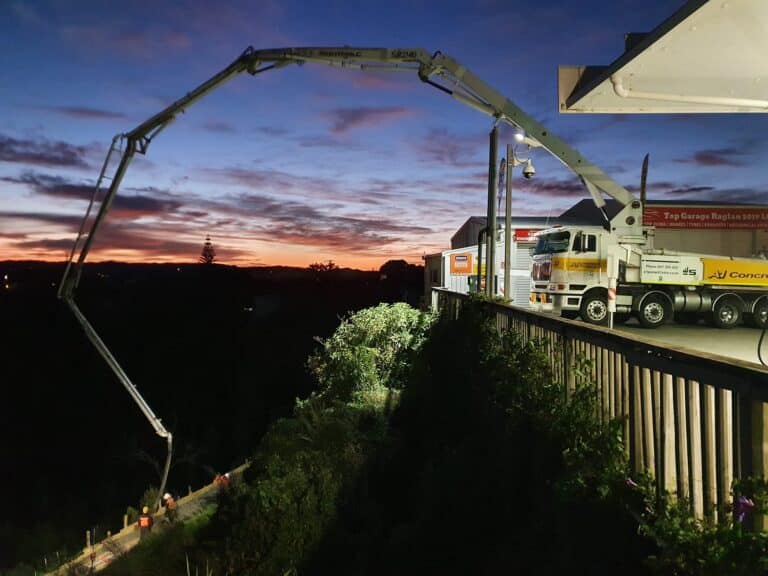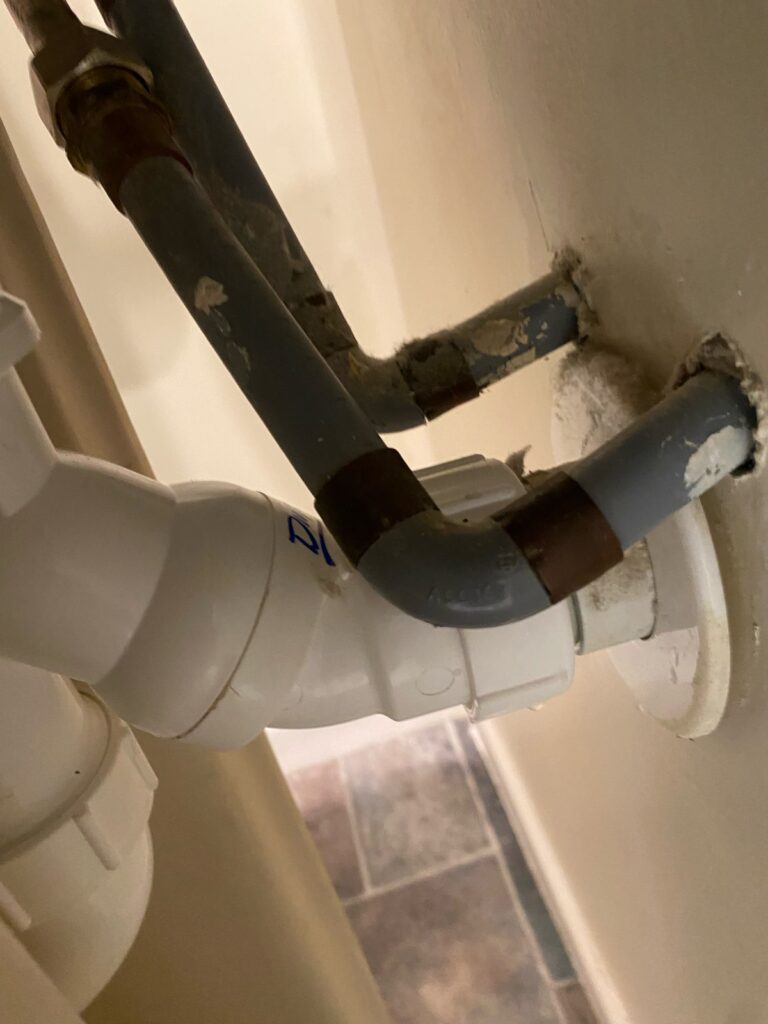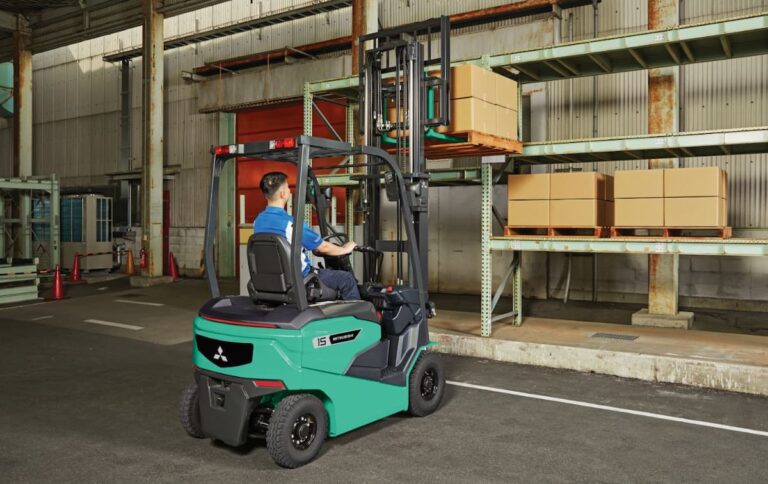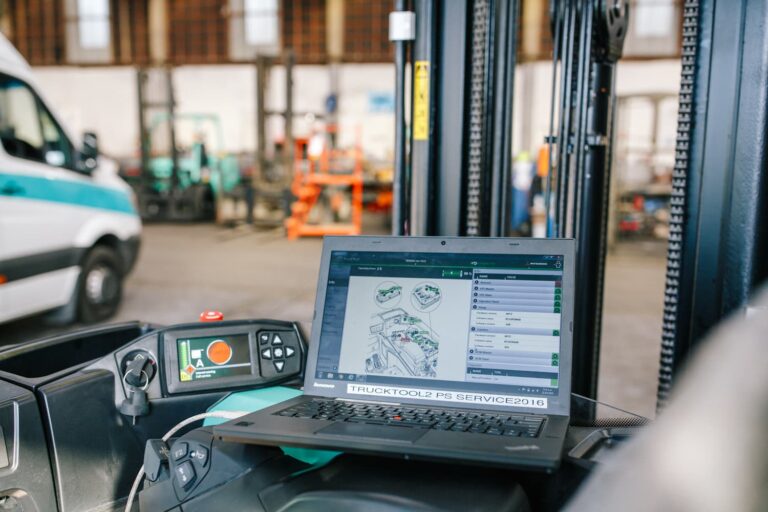When it comes to concrete placement, two primary methods dominate the industry: pumping and pouring. Each approach has its strengths and is suited to specific project requirements. This article explores the differences between these methods, providing insights into their applications, efficiency, and suitability for various construction scenarios.
Understanding the Basics
Concrete Pumping
Concrete pumping involves using specialized machinery to transport liquid concrete through pipes or hoses to the desired location. This is achieved with either a boom pump or a line pump, depending on the project’s needs. Pumps are particularly effective for high-rise buildings, remote areas, or projects requiring precision placement.
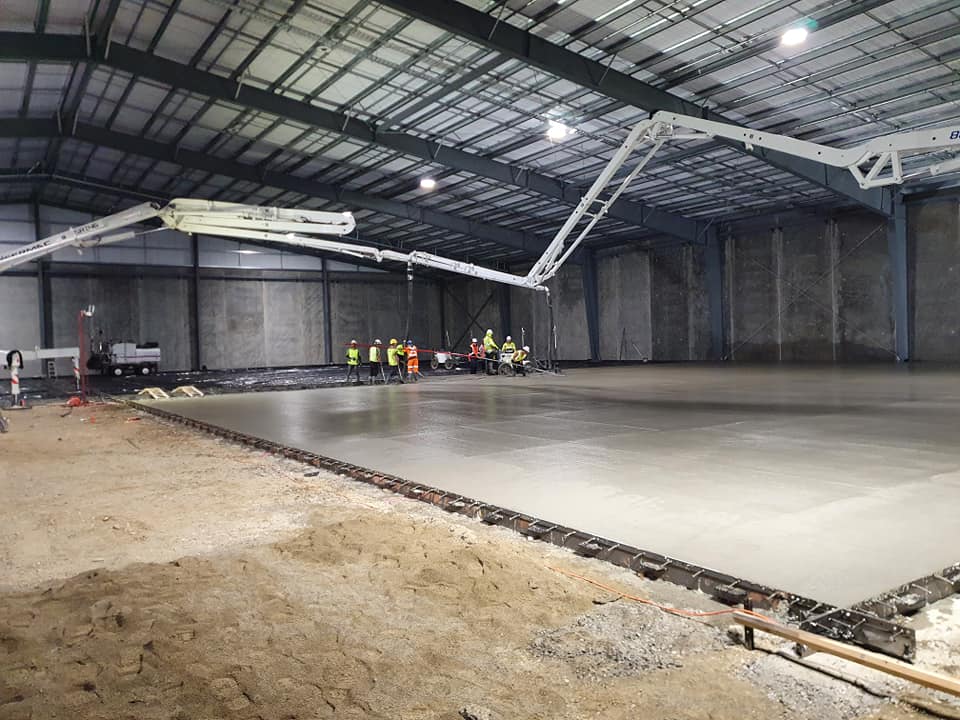
Concrete Pouring
Concrete pouring traditionally involves manually transporting concrete from the mixer to the site using wheelbarrows, buckets, or chutes. This method relies heavily on labor and is typically used for smaller or simpler projects where access and scale are less challenging.
Key Differences Between Pumping and Pouring
| Factor | Concrete Pumping | Concrete Pouring |
|---|---|---|
| Efficiency | High. Delivers large volumes quickly and precisely. | Lower. Manual transport slows the process. |
| Labor Intensity | Low. Requires fewer workers for placement. | High. Relies heavily on manual labor. |
| Access | Reaches hard-to-access areas like high-rise buildings or narrow sites. | Limited to areas with easy access. |
| Precision | Excellent. Delivers concrete directly to the site. | Moderate. Requires careful handling to avoid spills. |
| Cost | Higher upfront cost for equipment rental and operation. | Lower initial cost but higher labor expenses. |
| Volume Capacity | Ideal for large-scale projects. | Suitable for smaller-scale projects. |
Advantages of Concrete Pumping
1. Time Savings
- Pumps deliver concrete faster than manual methods, significantly reducing project timelines.
- Example: On a high-rise construction site, a boom pump can place concrete on the upper floors in minutes, compared to hours manually.
2. Access Flexibility
- Can deliver concrete to locations inaccessible by traditional pouring methods, such as over fences, around obstacles, or at great heights.
- Example: In a suburban setting with limited vehicle access, a line pump can deliver concrete through a narrow alleyway.
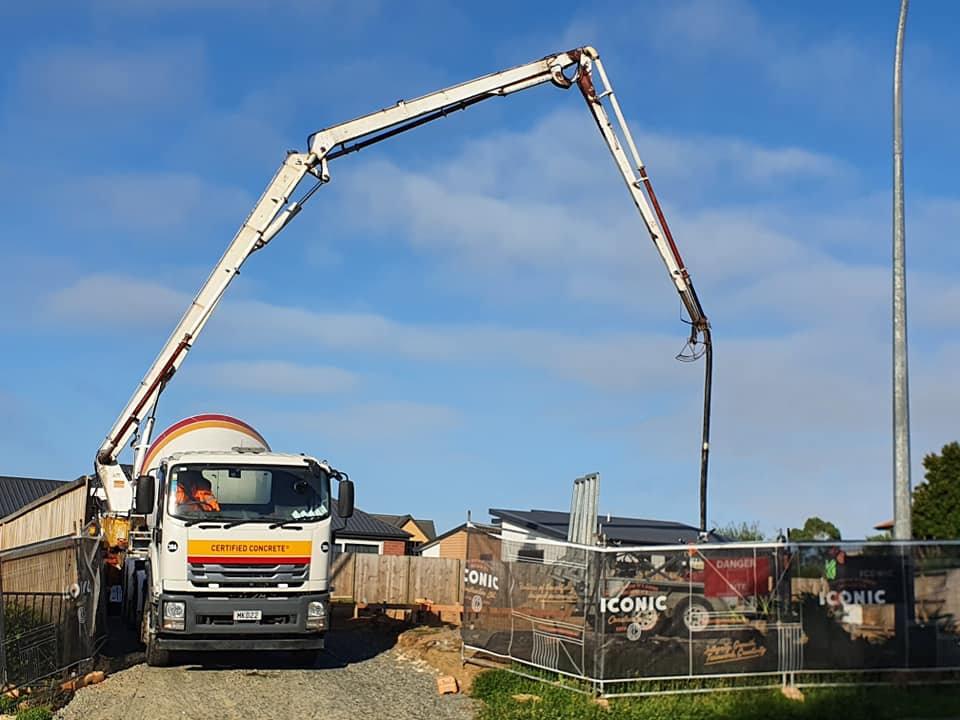
3. Improved Quality
- Ensures a consistent flow of concrete, reducing the likelihood of weak spots or segregation within the mix.
- Example: Large slabs benefit from uniform distribution, enhancing durability and finish.
4. Reduced Labor Costs
- Requires fewer workers on-site, lowering overall labor expenses.
- Example: A single operator and assistant can manage a pump efficiently for most medium-to-large projects.
Advantages of Concrete Pouring
1. Cost-Effective for Small Projects
- Ideal for minor tasks where the volume of concrete is minimal, such as small garden paths or single-room slabs.
- Example: Pouring a backyard patio using wheelbarrows.
2. Simpler Setup
- No need for specialized machinery; works well for straightforward sites with easy access.
- Example: A driveway with direct truck access.
3. Versatile in Remote Areas
- Suitable for locations where pump equipment is unavailable or impractical to transport.
- Example: Remote cabins or agricultural structures with limited road infrastructure.
When to Choose Concrete Pumping
1. Large-Scale Projects
- High-volume pours, such as multi-storey buildings, bridges, or industrial facilities, benefit significantly from the speed and capacity of pumps.
2. Challenging Site Conditions
- Projects with limited access, steep gradients, or confined spaces are ideal candidates for concrete pumping.
3. Precision Requirements
- Architectural features, complex formwork, or areas requiring precise placement call for the accuracy of pumping.
When to Opt for Concrete Pouring
1. Small-Scale Projects
- Suitable for residential driveways, small patios, or garden paths where the volume of concrete is low.
2. Budget Constraints
- Projects with limited budgets may find manual pouring more economical, provided labor costs are manageable.
3. Simple Site Layouts
- Flat, open sites with easy access and minimal obstacles are well-suited to traditional pouring methods.
Technical Considerations
1. Mix Design
- Pumping requires a mix with specific characteristics to ensure smooth flow through hoses, such as a higher slump and well-graded aggregates.
- Pouring can accommodate a broader range of mixes, including stiffer or drier batches.
2. Site Preparation
- Pumping necessitates careful planning for pump placement and hose routing.
- Pouring relies more on manual coordination and access routes.
3. Environmental Factors
- Pumping is less affected by site conditions like mud or uneven terrain, whereas pouring can be hindered by such factors.
Conclusion
Concrete pumping and pouring each have their place in construction, and the choice depends on the project’s size, complexity, budget, and access. Pumping offers unparalleled efficiency and precision, making it ideal for large or complex projects. Conversely, traditional pouring remains a practical and cost-effective solution for smaller tasks. By understanding the strengths and limitations of both methods, contractors and builders can select the most appropriate approach for their specific needs.
Whether it’s a towering skyscraper or a cozy backyard patio, choosing the right concrete placement method ensures the project is completed efficiently, safely, and to the highest standards.
Get your business noticed by creating an online directory listing. Listings are FREE and you can create as many as you need.
- Get found by locals
